You’ve seen the Burj Khalifa. You’ve snapped a selfie at the Dubai Mall. But what if I told you the real magic of Dubai isn’t in the glittering towers-it’s in the quiet corners, the street food stalls, and the morning rituals most tourists never stumble upon? This isn’t the Dubai you see in ads. This is the one locals live in.
What Most Tourists Miss About Dubai
Dubai doesn’t just have attractions-it has rhythm. And that rhythm isn’t found in the VIP lounges of luxury hotels. It’s in the 6 a.m. call to prayer echoing over Deira’s old souks. It’s in the way Emirati families gather at Al Maktoum Bridge at sunset, sipping karak tea while watching the dhow boats glide past. If you’re only hitting the big-name spots, you’re seeing a stage set, not a city.
Locals don’t go to the Burj Khalifa for the view. They go for the coffee at At.mosphere on a quiet Tuesday. They don’t queue for the Dubai Frame because it’s Instagram-worthy-they go because it’s the only place where you can stand between old Dubai and new Dubai and actually feel the weight of that change.
The Real Dubai: Hidden Gems Only Locals Know
Start your day like a local: skip the brunch buffet and head to Al Fahidi Historical Neighborhood. Wander the narrow alleyways lined with wind towers, where old Emirati homes have been turned into tiny museums and artisan studios. You’ll find a 90-year-old man brewing cardamom coffee in his courtyard, happy to pour you a cup for free if you ask nicely. No sign. No menu. Just hospitality.
Then walk 10 minutes to Al Seef. It looks like a tourist spot-but it’s not. Locals come here on weekends to rent traditional abras (wooden boats) and float along Dubai Creek. You’ll see kids chasing pigeons, women in abayas buying fresh dates from a cart, and men playing backgammon under shaded awnings. It’s not polished. It’s real.
Don’t miss Al Awir Desert-not the one with the camel rides and dune buggies. This is the quiet desert where Emirati families camp on Fridays. Bring a thermos of tea, sit on a blanket, and watch the sky turn orange as the sun drops. No music. No lights. Just silence and stars so bright they feel like they’re falling on your shoulders.
Where Locals Eat (And You Should Too)
Dubai’s food scene isn’t just about Michelin stars. The best meals are served on plastic chairs with paper plates.
Head to Al Ameeri Restaurant in Al Quoz. Order the machboos-spiced rice with lamb, slow-cooked for hours. It’s not fancy, but it’s the dish every Emirati child grows up with. Eat it with your hands. That’s how it’s meant to be.
For breakfast, try Al Fanar in Satwa. Their balaleet-sweet vermicelli with omelet-is a local favorite. You’ll see construction workers, office workers, and grandmas all sitting side by side, eating it with a side of strong, milky tea. It’s cheap. It’s delicious. And no tourist has ever heard of it.
And if you’re craving something sweet, skip the chocolate fountain at the mall. Go to Al Bastakiya and find the tiny shop run by an elderly woman who makes luqaimat-warm, fried dough balls drizzled with date syrup. She’s been making them since 1987. She doesn’t take cards. She doesn’t have a website. But she’s got a line every Friday morning.
How to Navigate Dubai Like a Local
Dubai’s metro is clean, safe, and cheap-but most tourists never use it. Locals ride it every day. The red line takes you from Burj Khalifa to Deira in 20 minutes. Buy a Nol card at any station. It costs AED 25, and you can refill it with AED 10 at a time. No apps. No hassle.
When you need a taxi, use the RTA Taxi app. It’s the official one. Avoid the ones outside malls-they often overcharge tourists. Locals know the difference.
And here’s a pro tip: don’t rent a car unless you have to. Dubai’s traffic is brutal. Parking? Nearly impossible. Walk more. Take the metro. Use the water taxi from Dubai Marina to Al Ghubaiba. It’s AED 5, and you’ll see the city from the water-something no bus tour can offer.
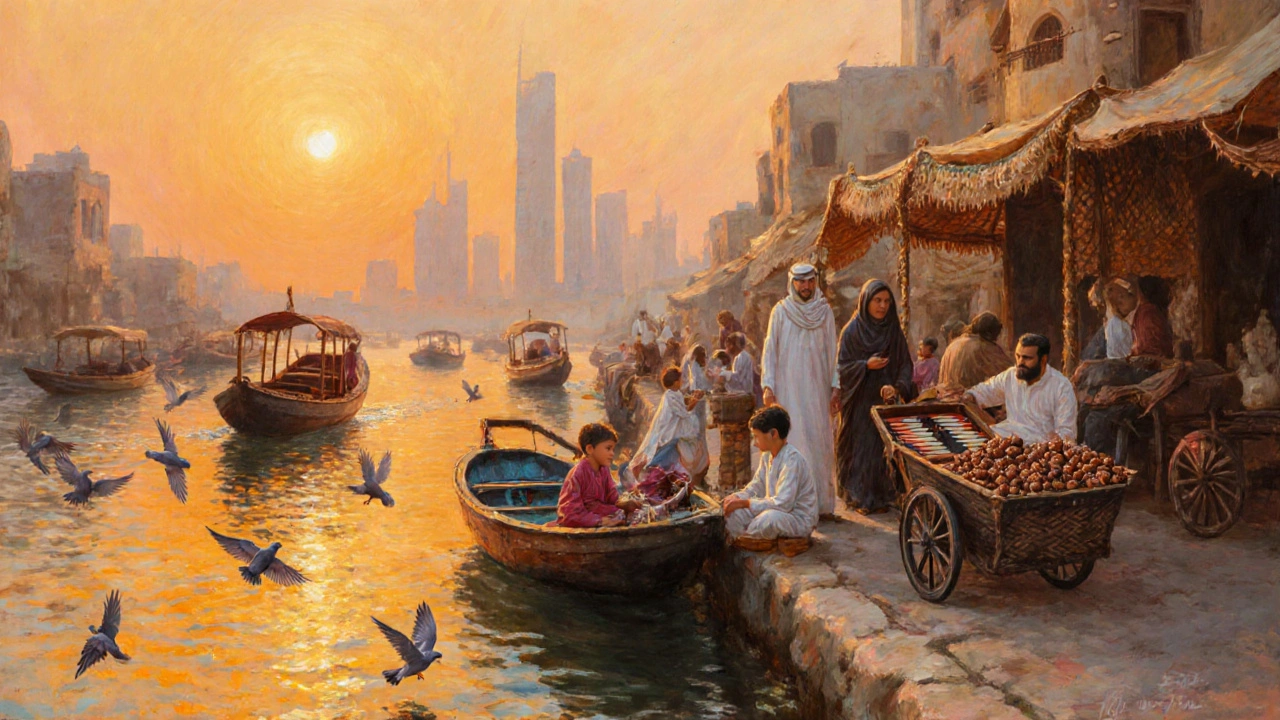
When to Go (And When to Avoid)
Dubai’s weather is brutal from June to August. Temperatures hit 45°C. Humidity? Like walking into a sauna. Locals flee to the mountains or stay indoors with the AC on full blast. Don’t be a tourist who thinks they can handle it.
Best time to visit? October to March. But even then, avoid weekends if you want peace. Friday and Saturday are local holidays. The malls are packed. The beaches are crowded. Go on a weekday morning. You’ll have the beach to yourself.
Want to experience Dubai’s soul? Go on a Thursday night. That’s when the city wakes up. The souks come alive. The street food stalls light up. The music from the old quarter drifts into the air. It’s quiet, but it’s alive.
What to Pack (Beyond Sunscreen)
You don’t need designer clothes. You need:
- A light shawl or scarf (for mosques and conservative areas)
- Comfortable walking shoes (you’ll be on your feet more than you think)
- A reusable water bottle (tap water is safe, but most locals drink bottled)
- A small notebook and pen (for jotting down directions-many places don’t have GPS addresses)
- Cash in small bills (AED 10, 20, 50). Many local vendors don’t take cards
And leave the flip-flops at home. You’ll be walking on hot sand, stone, and pavement. Your feet will thank you.
Local Etiquette: Don’t Be the Tourist Who Offends
Dubai is modern, but it’s still deeply rooted in culture. Here’s what matters:
- Don’t public displays of affection. Holding hands? Fine. Kissing? No. Locals notice.
- Dress modestly in public areas. Shoulders and knees covered. You don’t need to wear an abaya, but shorts and tank tops will get you stared at.
- Don’t take photos of people without asking. Especially women in traditional dress. It’s rude.
- Never point your foot at someone. It’s considered insulting.
- Always use your right hand to eat, hand things over, or shake hands. Left hand is for the bathroom.
It’s not about rules. It’s about respect. And locals notice when you make the effort.

Dubai Attractions: Local vs. Tourist Experience
| Attraction | Tourist Experience | Local Experience |
|---|---|---|
| Burj Khalifa | Wait 2 hours for tickets. Pay AED 150+. Crowded observation decks. | Go on a weekday morning. Buy tickets online. Skip to Level 124. Drink coffee. Watch the city wake up. |
| Dubai Mall | Shop for luxury brands. See the aquarium. Ride the roller coaster. | Go to the food court. Eat shawarma for AED 12. Sit by the fountain and people-watch. Skip the rides. |
| Desert Safari | Group tour. Dune bashing. Camel ride. Belly dance show. | Drive yourself to Al Awir. Bring tea. Sit alone. Watch the sunset. No cameras. No noise. |
| Dubai Creek | Take a 10-minute abra ride for AED 5. Snap a photo. | Take the 7 a.m. abra. Ride to Deira. Buy fresh dates. Walk the old souk. Talk to the shopkeepers. |
Frequently Asked Questions
Can I visit Dubai attractions without spending a lot of money?
Absolutely. Many of Dubai’s best experiences are free. Walk through Al Fahidi, explore the souks, ride the metro, watch the sunset at Al Seef, and eat at local eateries. You can easily spend under AED 200 a day and still have an authentic experience. The expensive attractions are just the surface.
Is Dubai safe for solo travelers?
Yes. Dubai is one of the safest cities in the world. Locals are helpful, especially if you show respect. But be smart. Don’t walk alone late at night in unfamiliar areas. Stick to well-lit streets. Use the RTA app for taxis. Most locals will offer directions if you ask politely.
What’s the best way to learn about Emirati culture?
Go to the Dubai Museum in Al Fahidi-it’s small, but powerful. Then, talk to people. Visit a local coffee shop. Ask about their childhood. Most Emiratis love sharing stories. You’ll hear about life before oil, about fishing boats, about growing up in desert tents. That’s the real culture-not the museum exhibits.
Are there any places tourists should avoid?
Avoid the tourist traps in Downtown Dubai after dark. The areas around the Burj Khalifa fountain show are crowded and overpriced. Skip the fake ‘desert camps’ that charge AED 500 for a meal and a camel ride. Instead, go to the real places: the quiet souks, the local parks, the beaches near Jumeirah 2. They’re less glamorous-but more real.
How do I find local events or festivals?
Check Dubai Calendar on the official RTA website. But the best way? Ask a local. Go to a coffee shop and say, ‘What’s happening this weekend?’ You’ll get tips no app can give you-like the Friday night poetry readings in Al Quoz or the monthly art walk in Alserkal Avenue.
Ready to See the Real Dubai?
You don’t need a luxury resort to feel Dubai’s heartbeat. You just need curiosity. Skip the guided tours. Put down the guidebook. Walk into a side street. Say hello. Taste something new. Sit still and watch. That’s how you experience Dubai-not as a visitor, but as someone who’s starting to understand it.
The city doesn’t shout. It whispers. And if you listen closely, you’ll hear it.

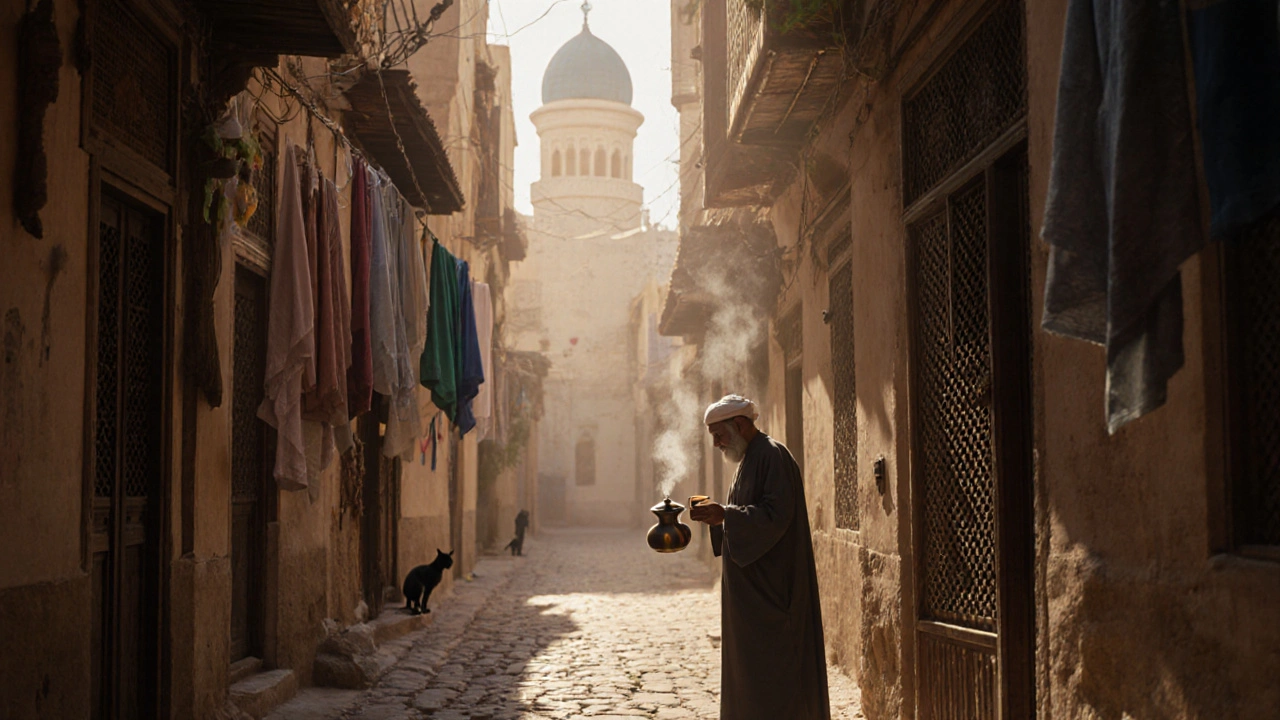
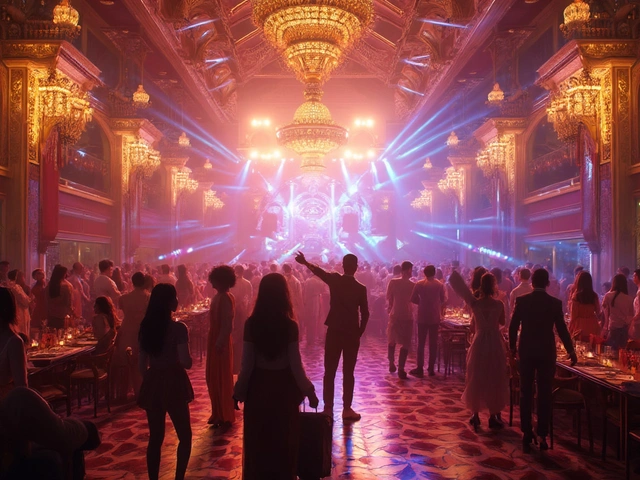
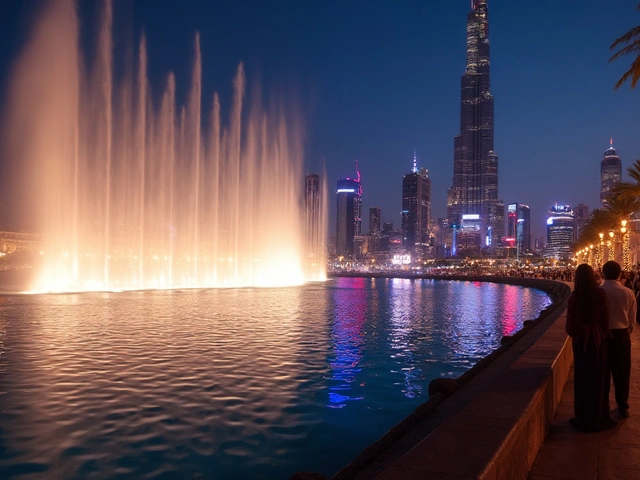



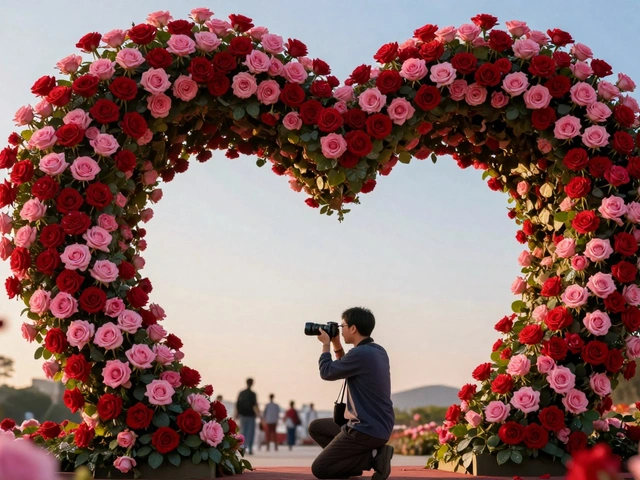
Jack Gaines
November 2, 2025 AT 05:19Dubai’s real magic is in the quiet moments-like that 6 a.m. karak tea at Al Maktoum Bridge. No filters. No crowds. Just the sound of dhow boats creaking and the call to prayer hanging in the air. That’s the city you won’t find on Instagram.
Margaret Berlin
November 3, 2025 AT 18:09This is exactly what I needed to read. I’ve been to Dubai twice and only saw the malls and skyscrapers. After this, I’m planning a trip next month just to walk the old souks, eat machboos with my hands, and sit in Al Awir with nothing but tea and stars. Thank you for reminding me that travel isn’t about checking boxes-it’s about feeling something.
Fatima Qamar
November 5, 2025 AT 06:07As someone from Mumbai who’s lived in Dubai for 12 years, I can confirm: the Al Fahidi neighborhood is the soul of the city. The cardamom coffee vendor near the wind tower house? He’s been there since 1991. His grandson now helps him. No one takes photos. No one posts. But if you sit quietly, he’ll tell you stories about how the creek used to be the main highway. That’s heritage. Not a museum exhibit.
Claire Feterl
November 6, 2025 AT 05:08There are multiple grammatical inconsistencies in this article. For instance, the phrase 'you’ll see kids chasing pigeons, women in abayas buying fresh dates from a cart, and men playing backgammon under shaded awnings' lacks parallel structure. Also, 'Al Bastakiya' is not the correct name of the district-it’s Al Fahidi. And the claim that 'tap water is safe' is misleading; while technically potable, locals overwhelmingly prefer bottled due to mineral buildup and aging infrastructure. This article reads like a tourist blog with fact-checking gaps.
Melissa Cirone
November 7, 2025 AT 17:46Let’s be real-this is the kind of post that makes me want to book a flight immediately, but also makes me want to slap the person who wrote the ‘skip the Burj Khalifa’ advice. Because here’s the thing: if you don’t go to the Burj Khalifa, you’re not missing out on the *real* Dubai-you’re missing out on the *iconic* Dubai. And sometimes, you want both. The contrast is part of the experience. Locals go there for coffee on Tuesdays? Cool. But I’m not going to skip the view just because I’m ‘trying to be authentic.’ Authenticity isn’t about avoiding the obvious-it’s about how you engage with it. I went to the Burj at sunrise, bought a coffee, sat alone on Level 124, and watched the city wake up. I didn’t feel like a tourist. I felt like I was part of the rhythm. So maybe the real lesson isn’t ‘avoid the attractions’-it’s ‘show up differently.’
Sydney Ferrell
November 8, 2025 AT 10:05Interesting how this article romanticizes poverty as ‘real.’ The fact that vendors don’t take cards? That’s not charm-it’s economic exclusion. The ‘90-year-old man brewing coffee for free’? That’s not hospitality, that’s exploitation of elderly labor without social safety nets. And the ‘no lights, no music’ desert? That’s not peace-it’s lack of infrastructure. This is cultural tourism at its most patronizing. You’re not experiencing Dubai-you’re performing authenticity for your followers. The real Dubai is the one where migrant workers live in labor camps outside the city, paying 70% of their salary just to survive. But you won’t find that in your Instagram caption.
Natasha Ray
November 9, 2025 AT 21:36Wait so you’re telling me the Burj Khalifa is just a stage set and the real Dubai is the guy selling luqaimat? What if I told you the Burj was built by the same people who built the souks? What if the entire city is a performance designed to make you feel like you’ve discovered something secret? What if the ‘locals’ you’re talking to are actors hired by the government to say the right things? I’ve been there. I talked to a guy who said he’d been making coffee since 1987. Then I saw his ID-born in 1995. The whole thing is a curated illusion. You’re not seeing the real Dubai-you’re seeing the Dubai they want you to see.
Tiffany Swedeen
November 10, 2025 AT 00:13omg i just booked my flight after reading this!! i’m gonna skip the mall and go straight to al seef at sunrise with my thermos and a notebook. also i’m wearing my comfy shoes and bringing cash. no flip flops. i promise. thank you for this. i feel like i’m finally gonna get it.
Maxwell Falls
November 10, 2025 AT 12:46Did you know the entire Dubai Creek renovation was funded by foreign shell companies? The ‘local’ families you mention? They’re mostly expats who’ve been there 20 years. The real Emiratis live in the northern emirates. This whole piece is a PR stunt. The government paid influencers to write this. The ‘old man’ with the coffee? He’s on a contract. The ‘no cards’ thing? That’s so they avoid tax tracking. Everything here is a lie. You’re being manipulated to feel good about your privilege.
Erin Carroll
November 11, 2025 AT 14:44It is deeply irresponsible to suggest that tourists should ‘eat with their hands’ without acknowledging the religious and cultural implications of such behavior in a predominantly Muslim society. This is not merely a matter of preference-it is a sacred act that must be approached with reverence, not as a tourist novelty. Furthermore, the casual dismissal of luxury experiences as ‘stage sets’ is not only elitist, but dangerously dismissive of the economic realities that sustain the very infrastructure you claim to admire. You cannot simultaneously romanticize poverty and condemn wealth. This article is a paradox wrapped in performative humility.